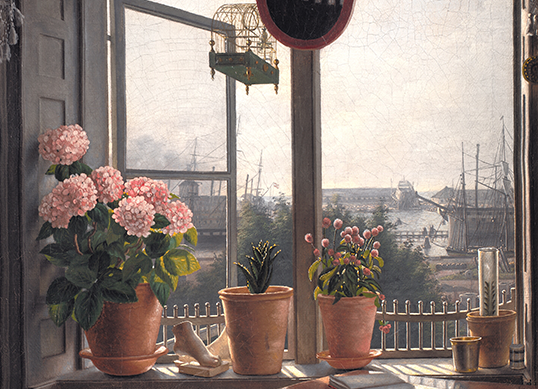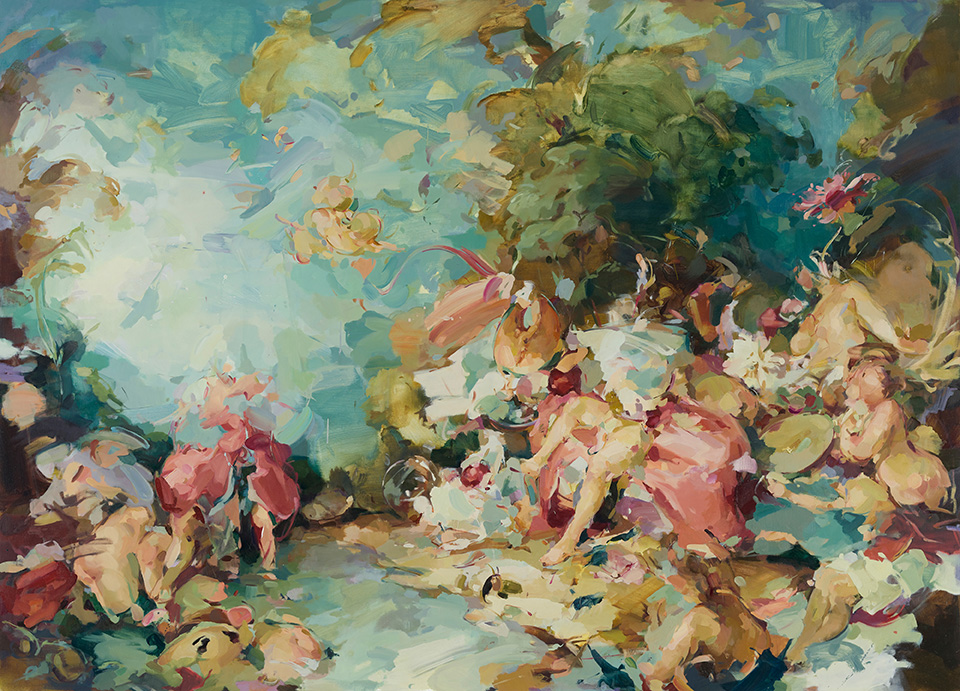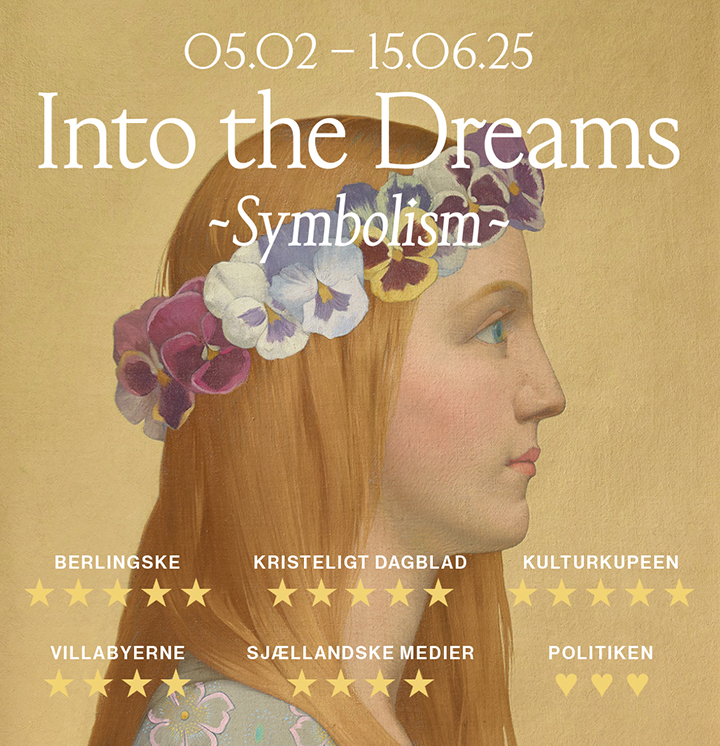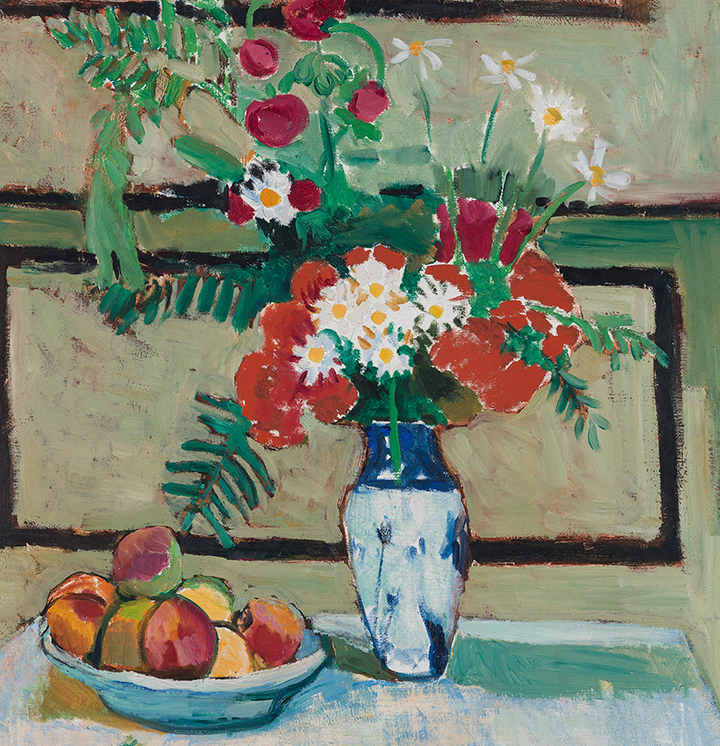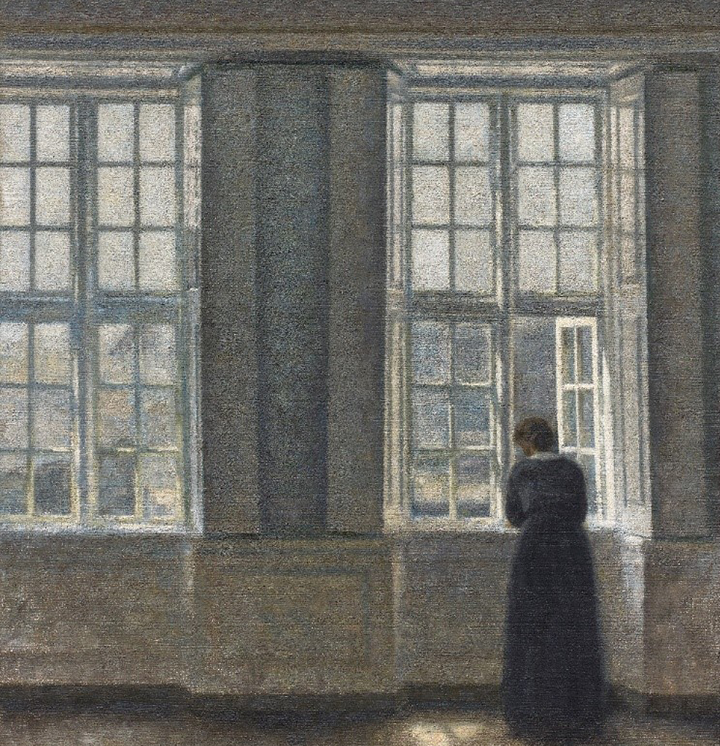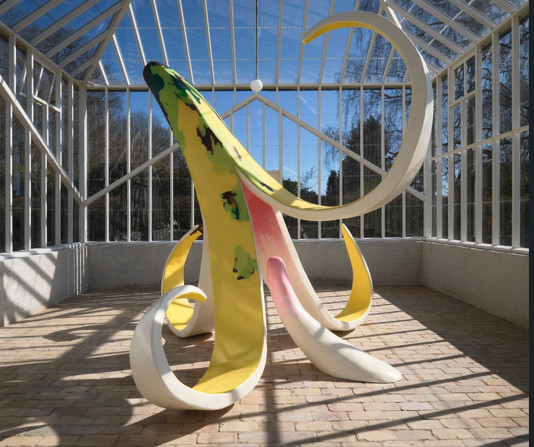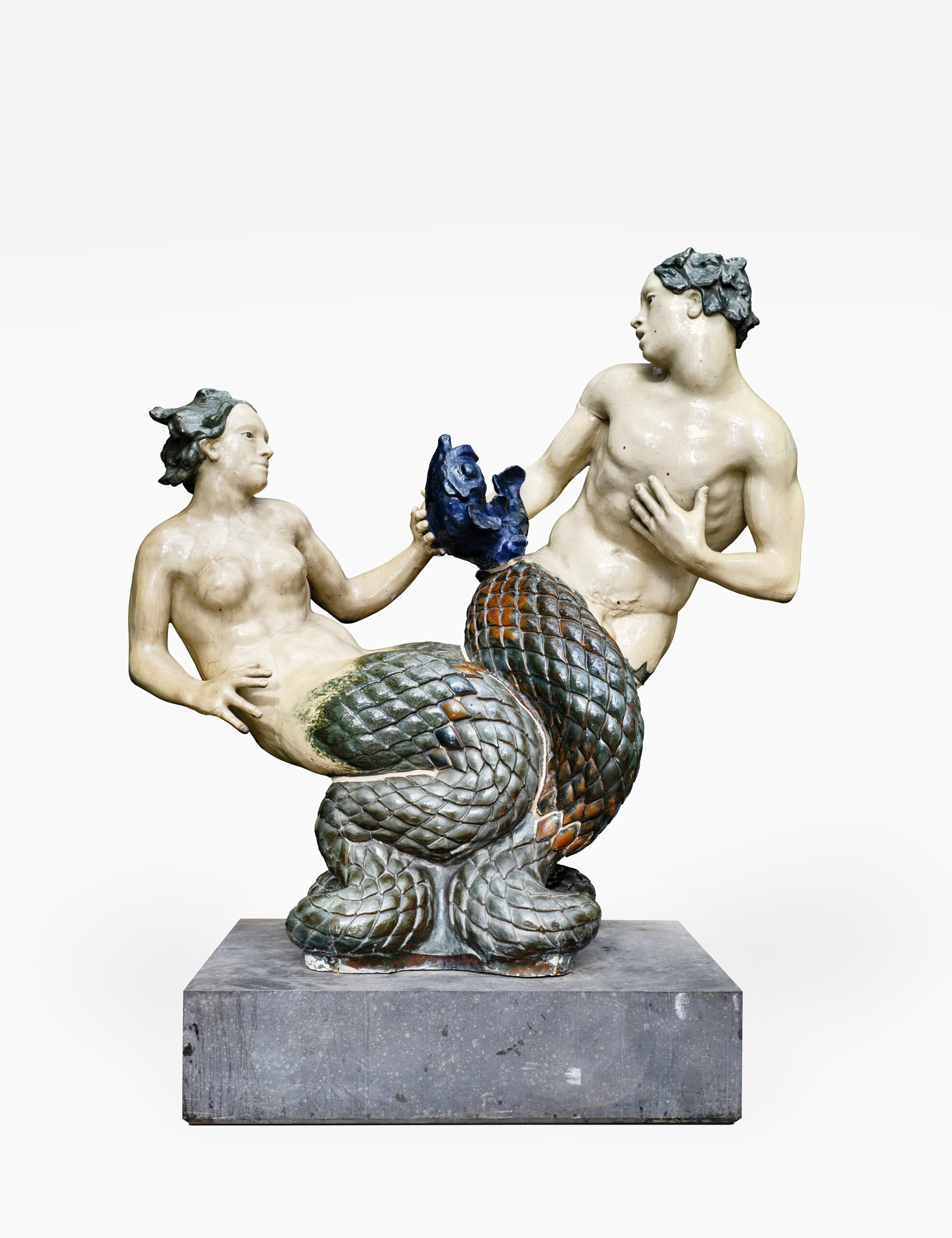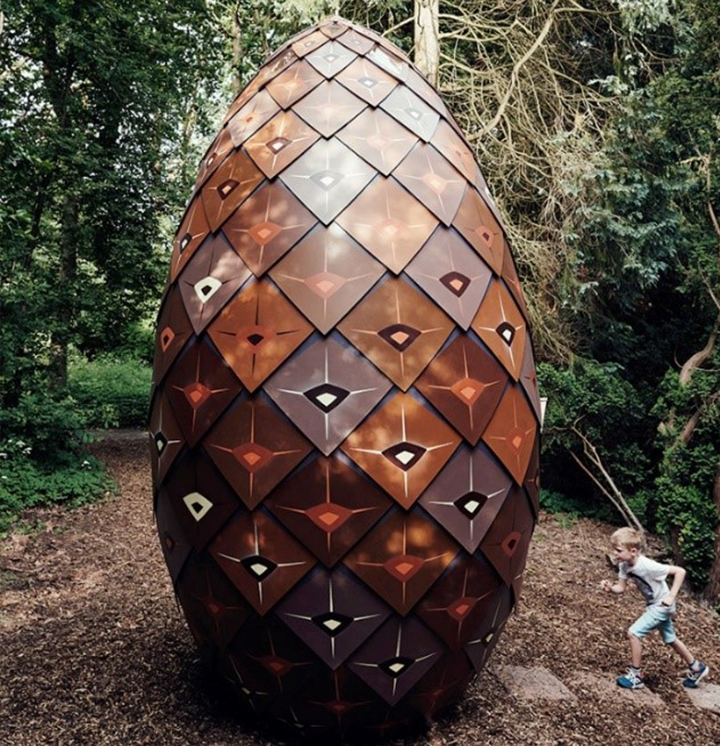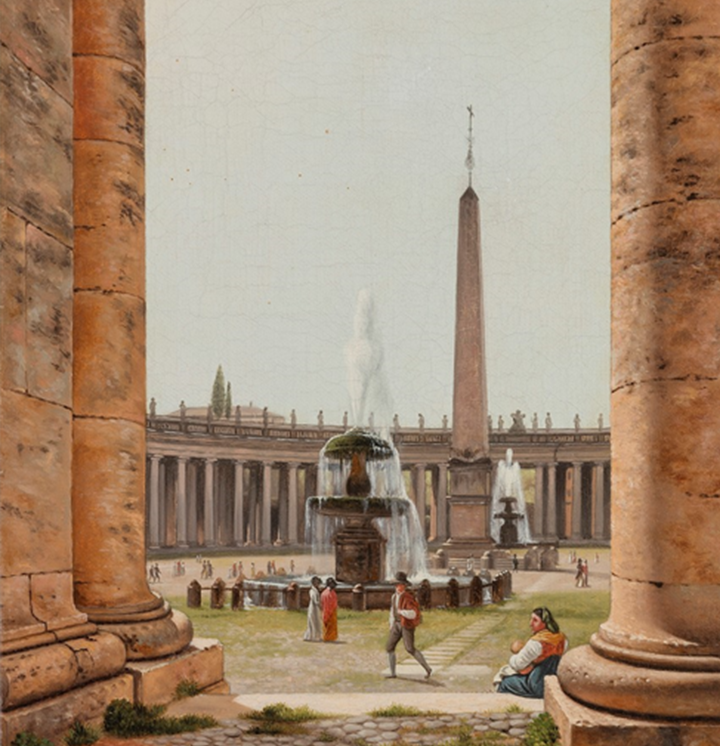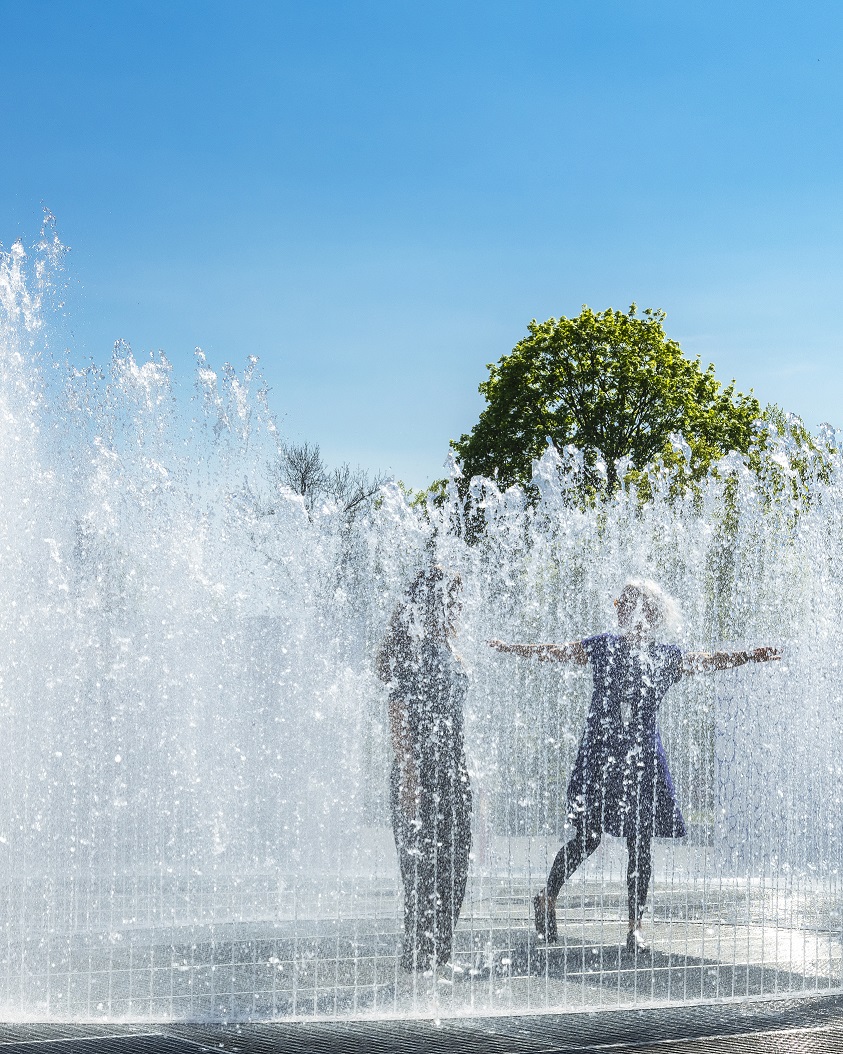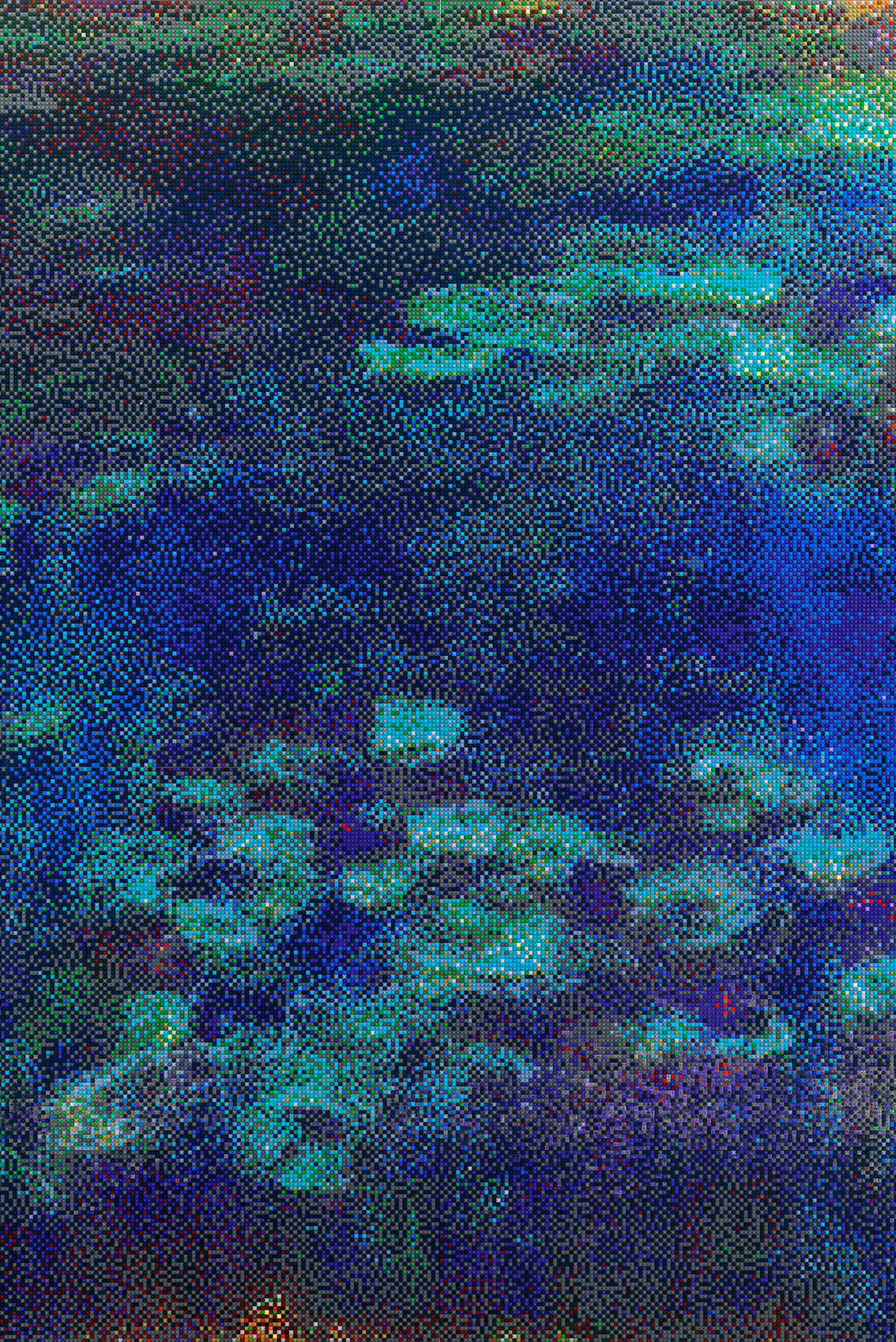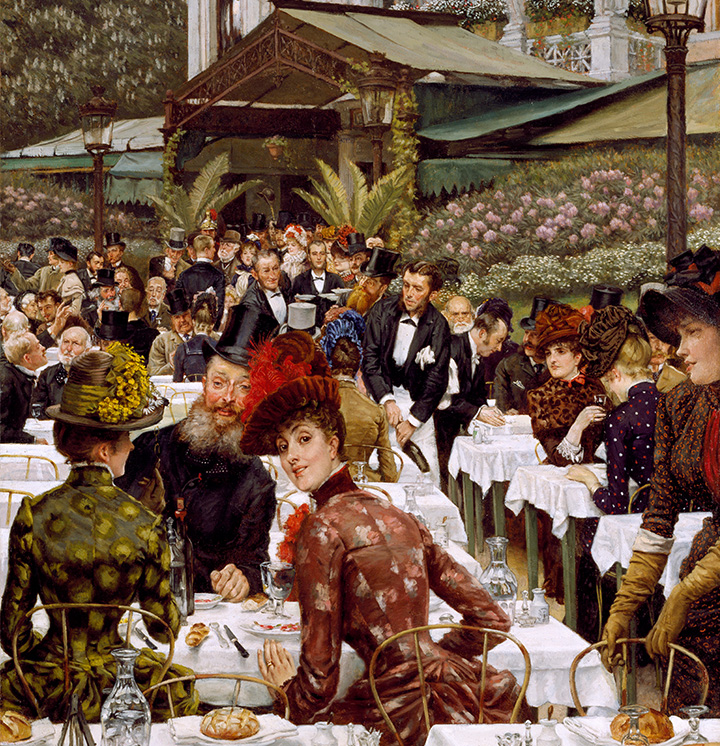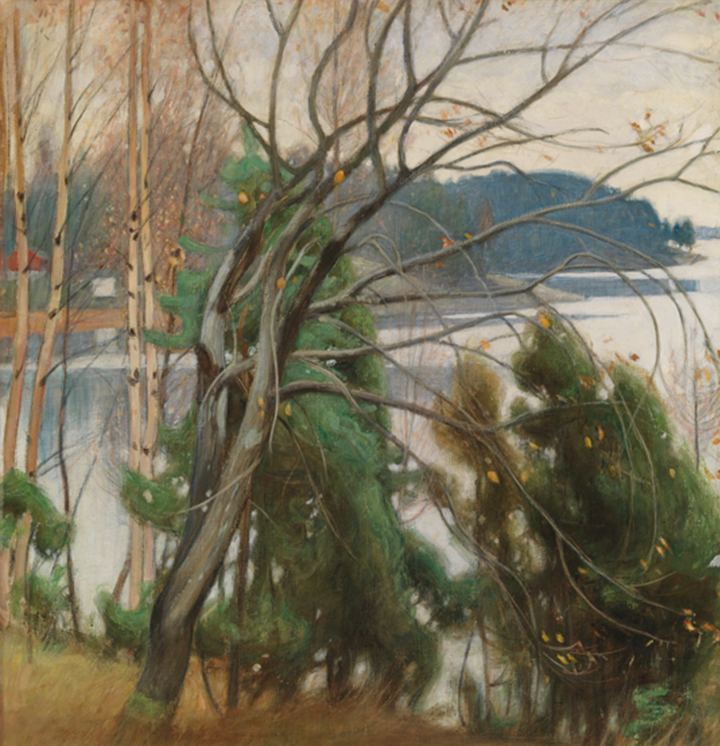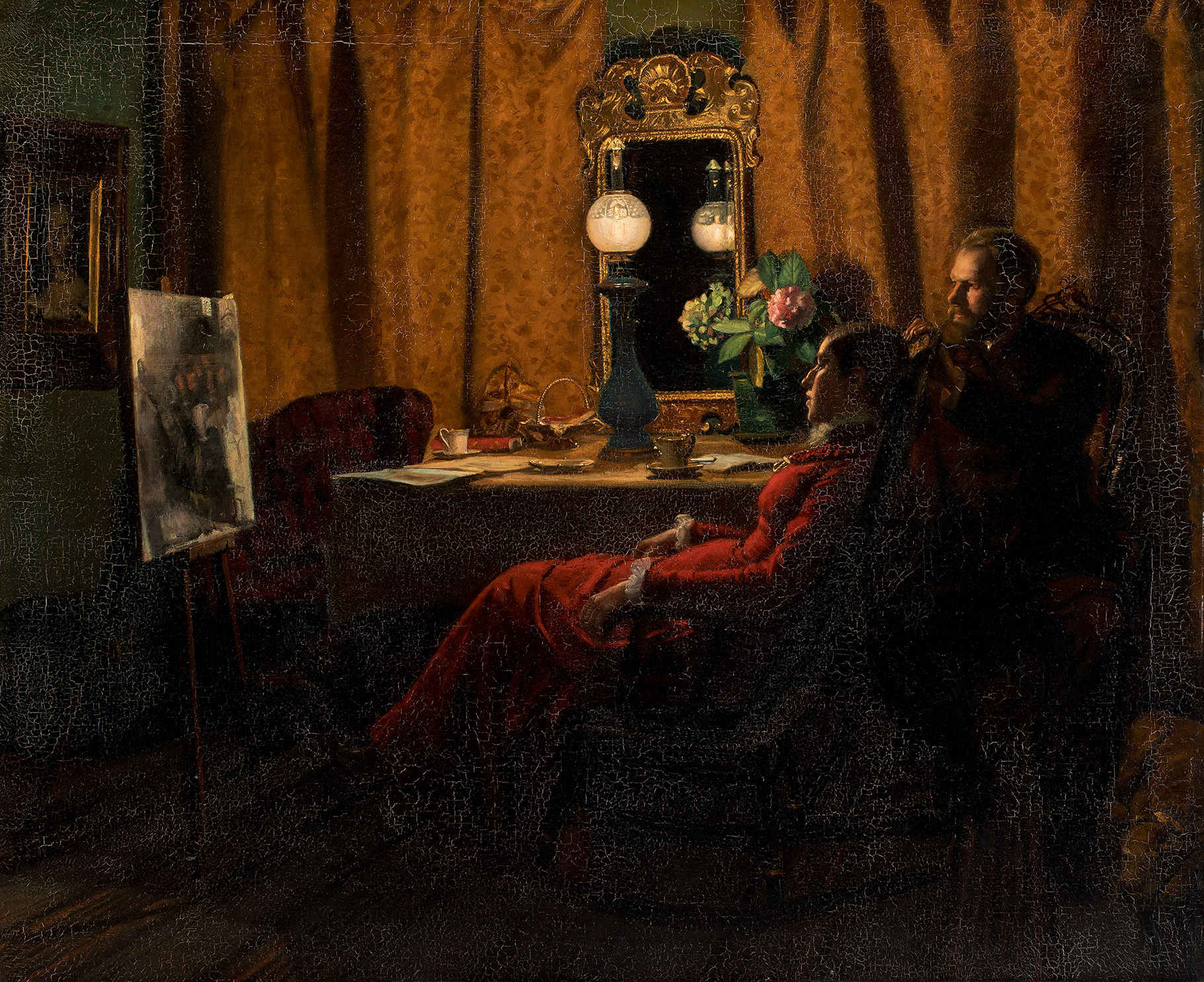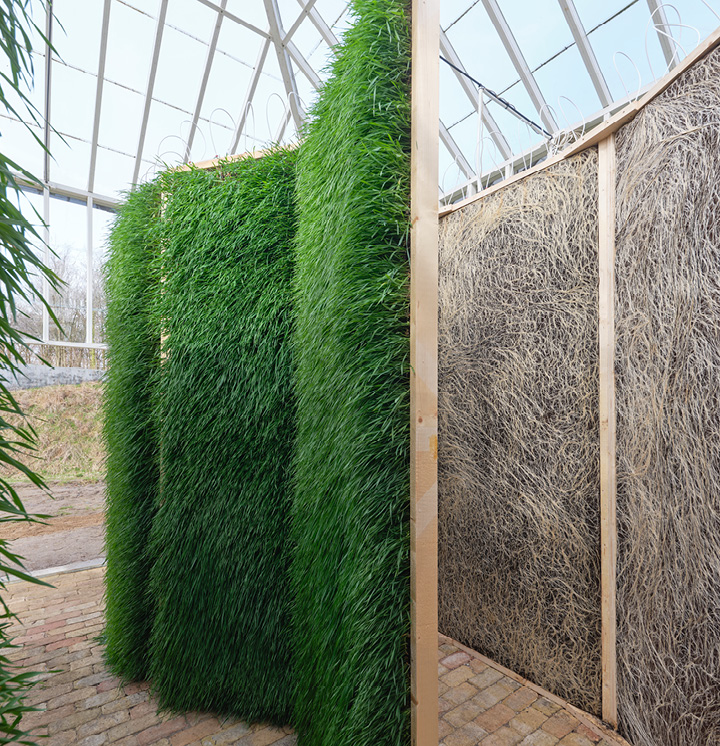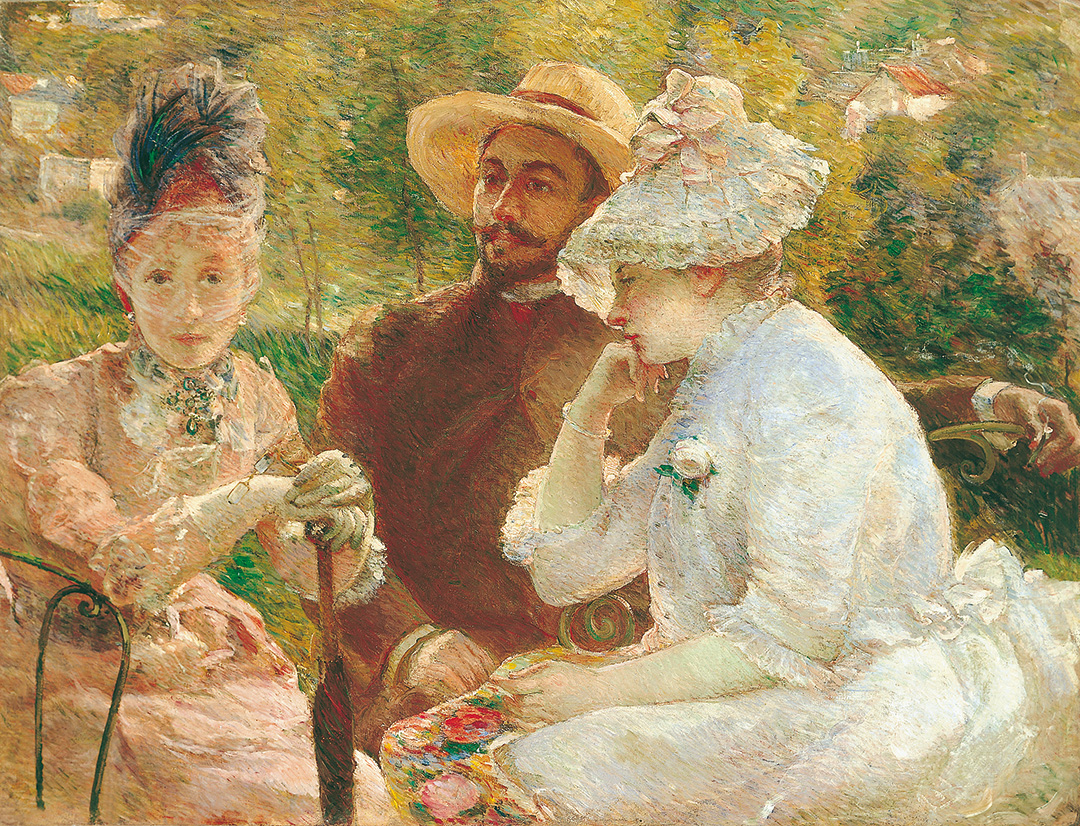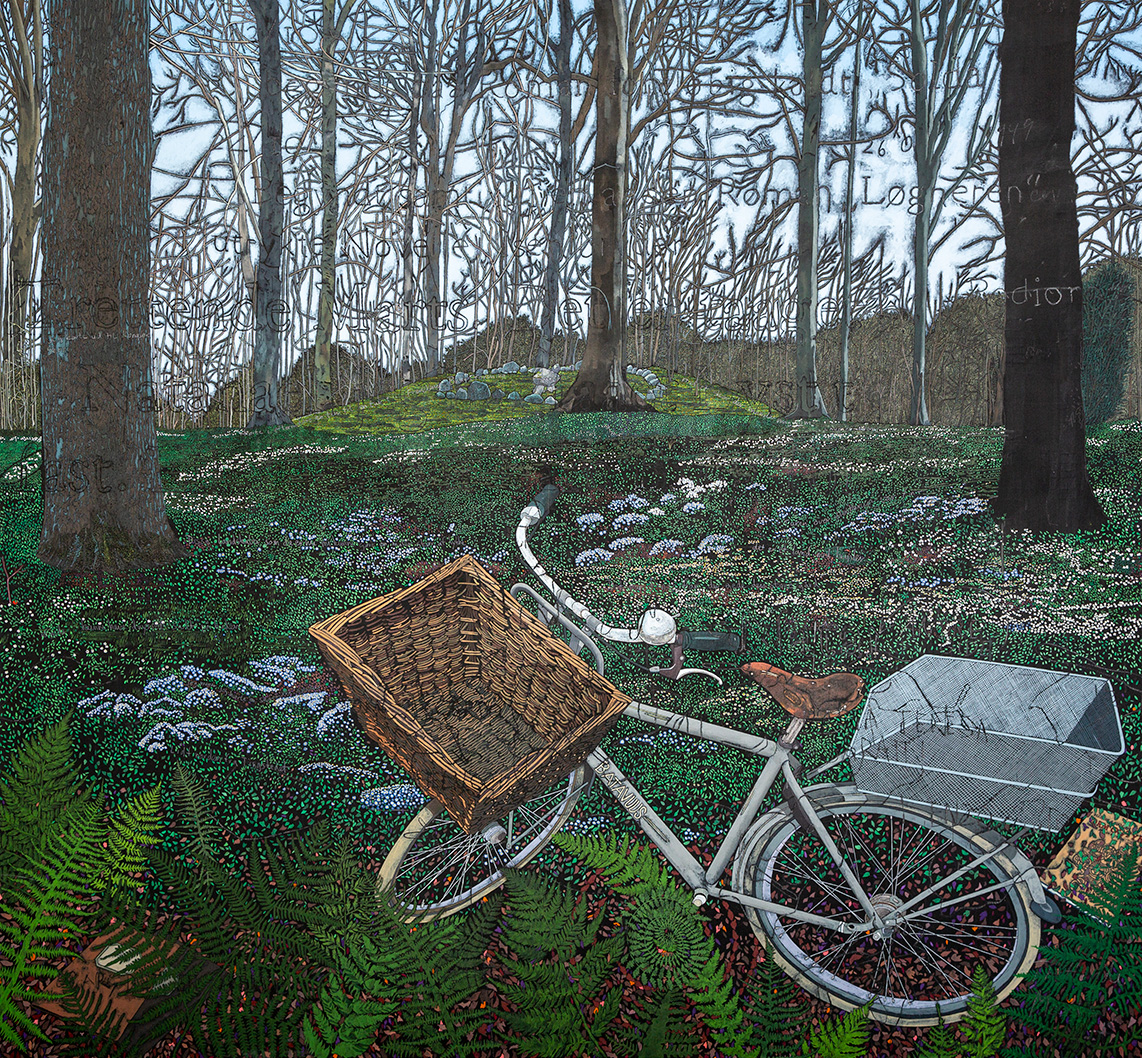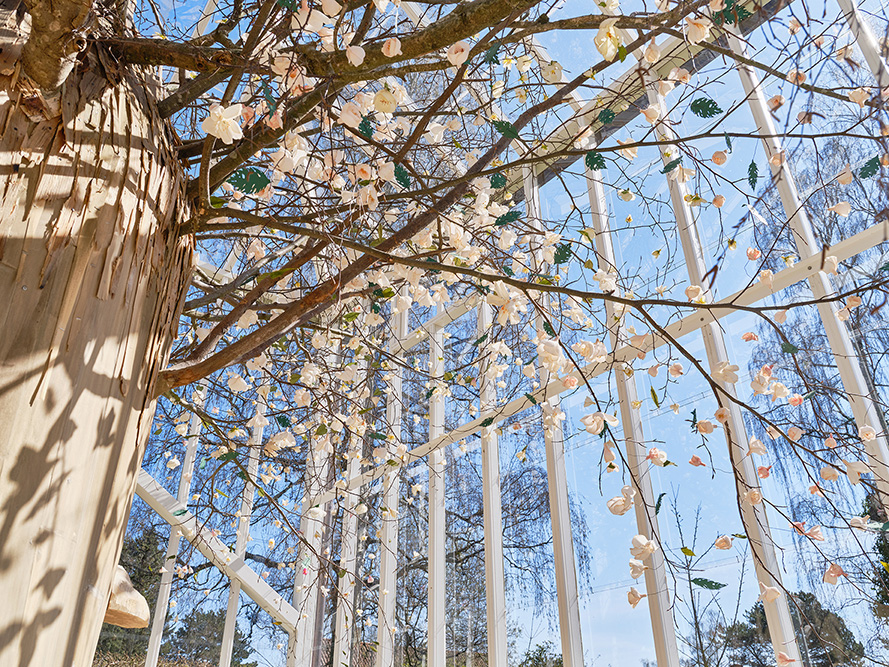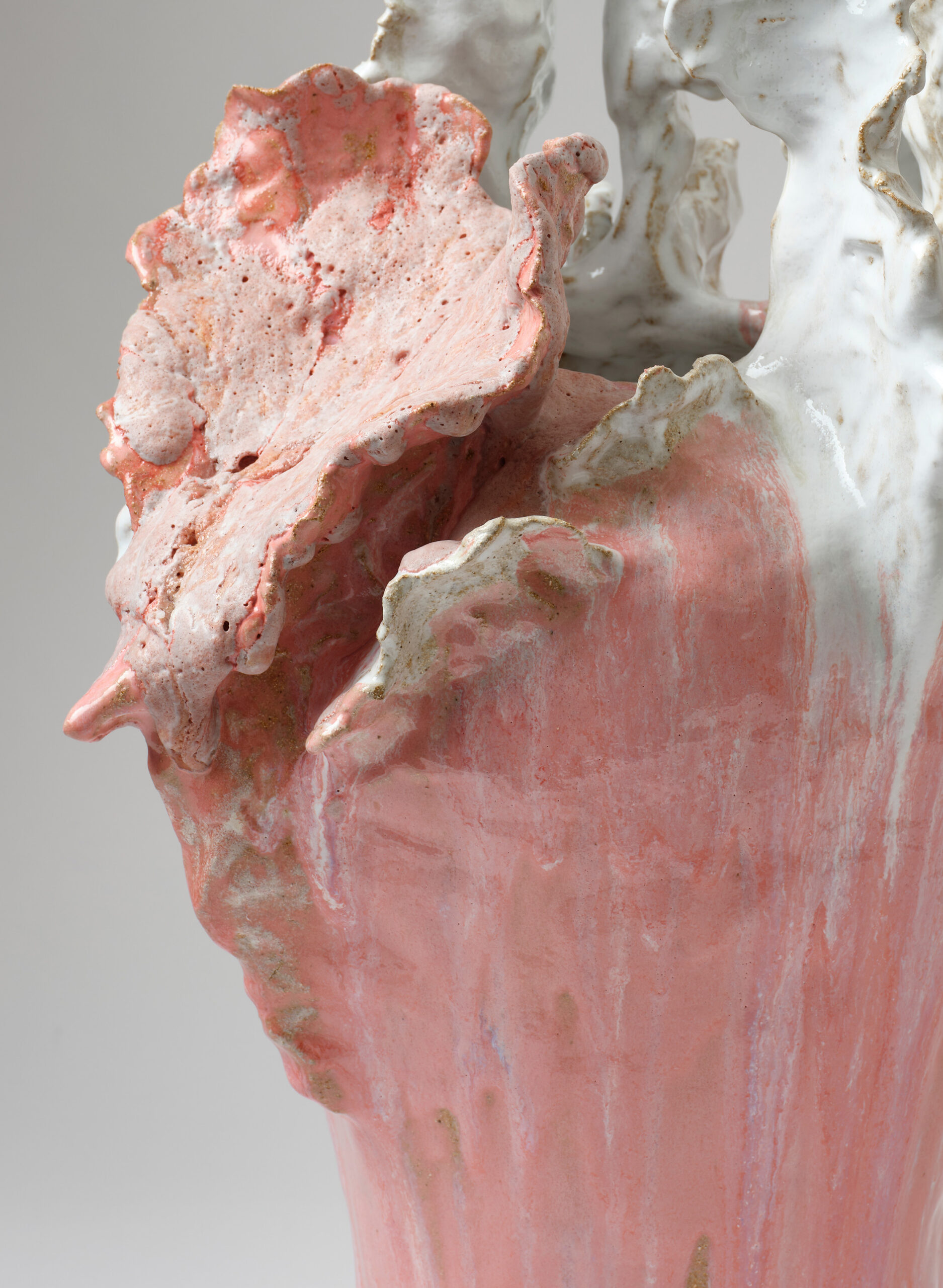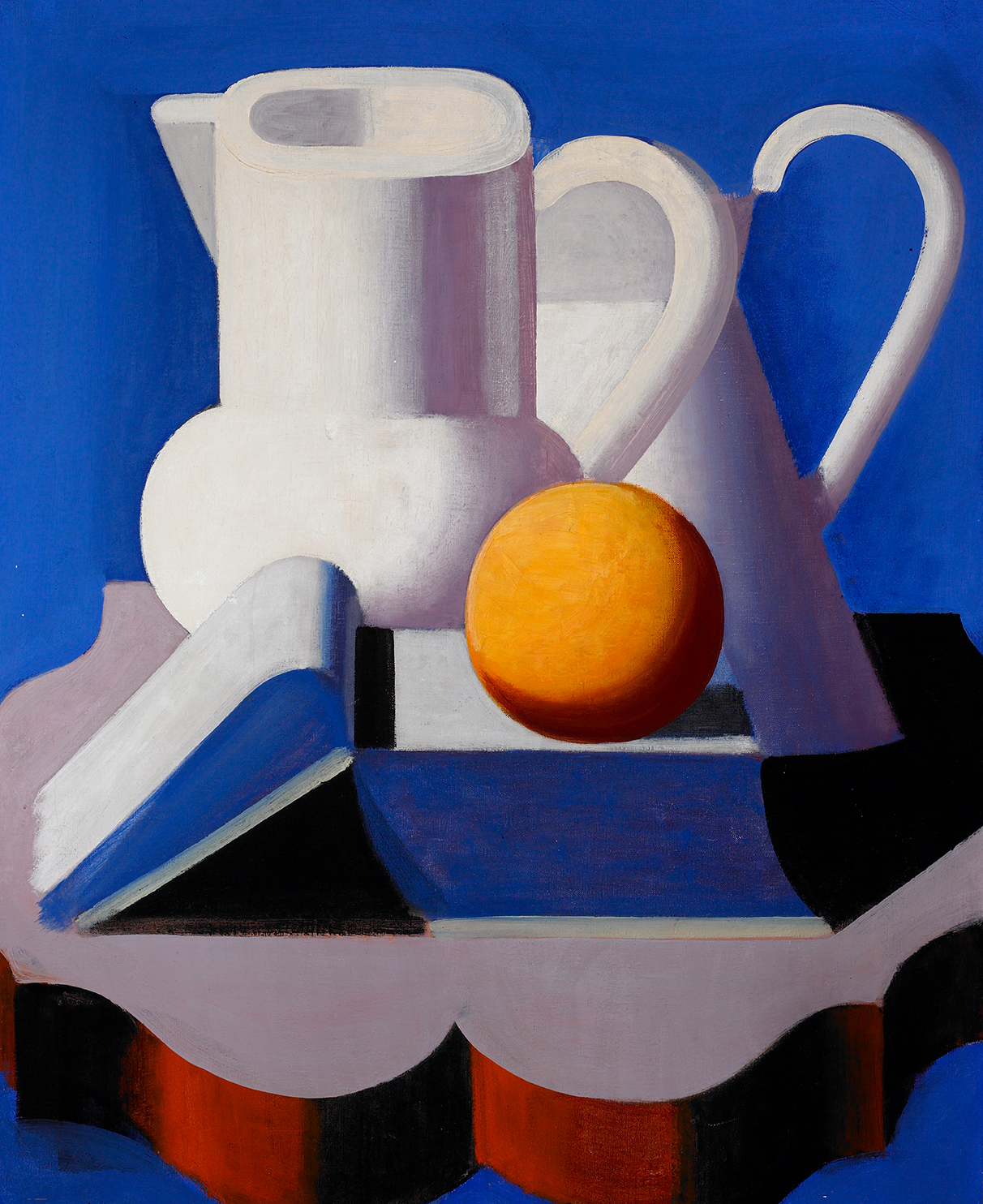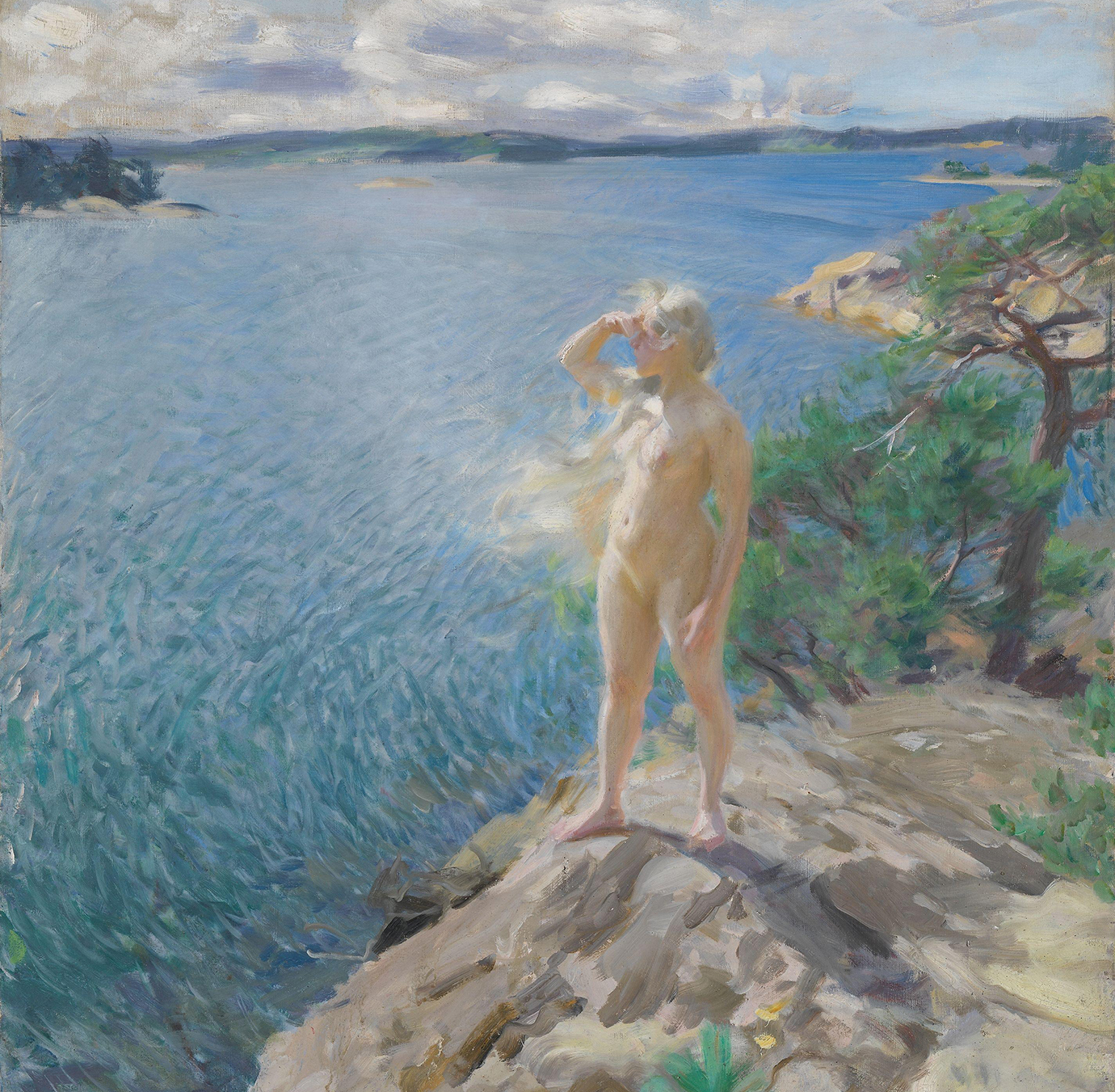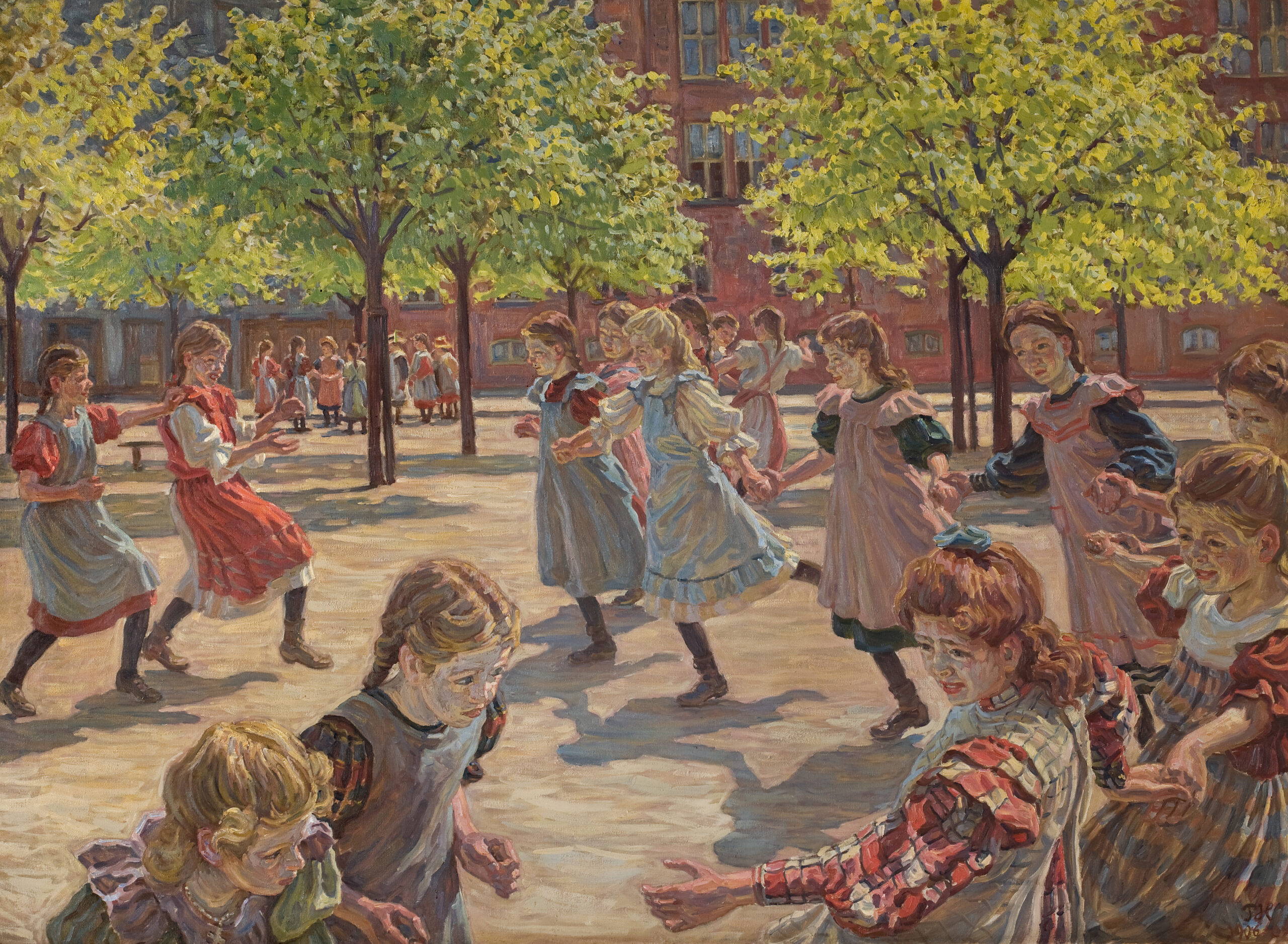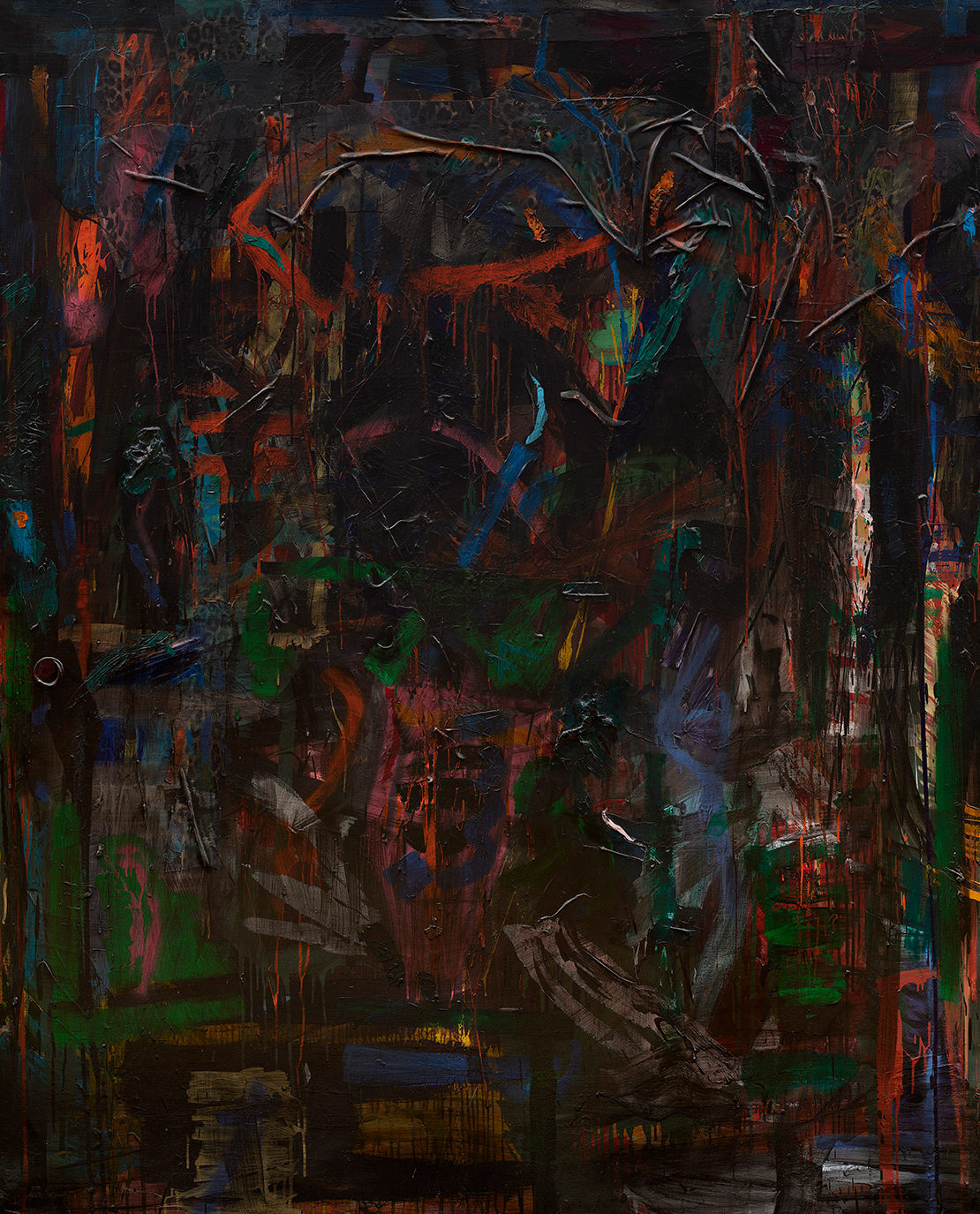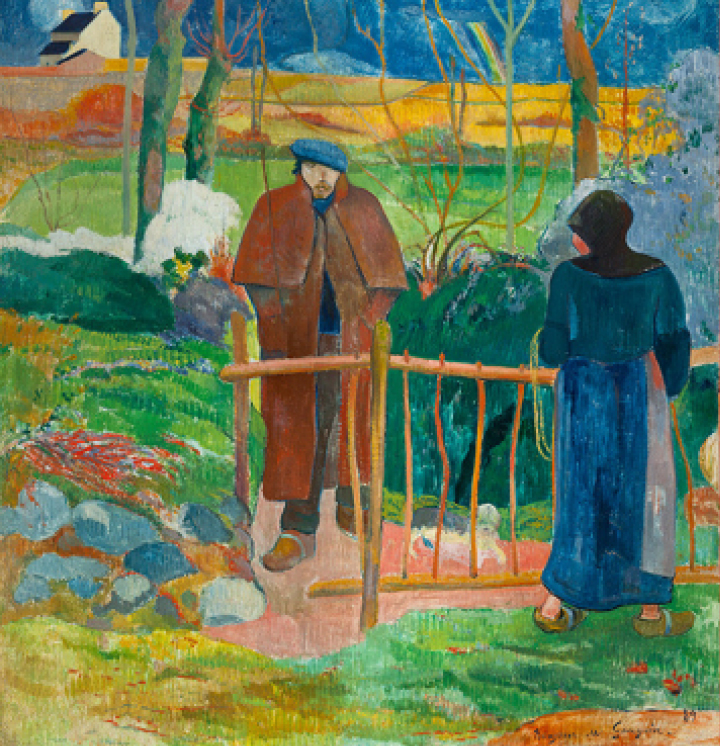3 SEPTEMBER 2025 – 11 JANUARY 2026
Continue readingFLORA YUKHNOVICH. INTO THE WOODS
18 September 2024 – 19 January 2025
Continue readingINTO THE DREAMS. SYMBOLISM
5 FEBRUARY 2025 – 15 JUNE 2025
Continue readingFRENCH MASTERPIECES FROM MONET TO MATISSE
PERMANENT EXHIBITION
Continue readingHAMMERSHØI AND DANISH ART AROUND 1900
PERMANENT EXHIBITION
Continue readingDJURBERG & BERG. THE CIRCLE OF LIFE
11 APRIL – 2 NOVEMBER 2025
Continue readingJEAN GAUGUIN & CERAMICS
PERMANENT EXHIBITION
Continue readingOUT IN THE OPEN
PERMANENT EXHIBITION
Continue readingART IN A MANORIAL SETTING. FROM ECKERSBERG TO ZAHRTMANN
PERMANENT EXHIBITION
Continue readingJEPPE HEIN – WATER PAVILION
AI WEIWEI – WATER LILIES #1
31 MAY 2024 – 19 JANUARY 2025
Continue readingCAFÉ SOCIETY. ART AND SOCIABILITY IN BELLE ÉPOQUE PARIS
6 FEBRUARY – 31 MAY 2026
Continue readingPEKKA HALONEN. SYMPHONIES IN WHITE
4 SEPTEMBER 2026 – 10 JANUARY 2027
Continue readingANNA AND MICHAEL ANCHER – TOGETHER AND SEPARATELY
20 September 2023 – 7 January 2024
Continue readingGREENHOUSE EXHIBITION WITH RUNE BOSSE
6 April – 3 November 2024
Continue readingIMPRESSIONISM AND ITS OVERLOOKED WOMEN
9 February – 20 May 2024
Continue readingJESPER CHRISTIANSEN
1. February – 3. September 2023
Continue readingVERONICA HODGES – UNDER THE TREE
19 April – 1 November 2023
Continue readingENIGMATIC UNDERWORLDS. GAUGUIN AND LILJA
24 March – 25 June 2023
Continue readingVILHELM LUNDSTRØM. RETHINKING COLOUR AND SHAPE
16. september 2022 – 15. january
Continue readingANDERS ZORN. The Best under the Sun
1 October 2021 – 9 January 2022
Continue readingPETER HANSEN. I PAINT WHAT I SEE
18 May – 4 September 2022
Continue readingJens Birkemose
1943 –
Continue readingGauguin and His Friends
26. january – 1. may 2022
Continue reading